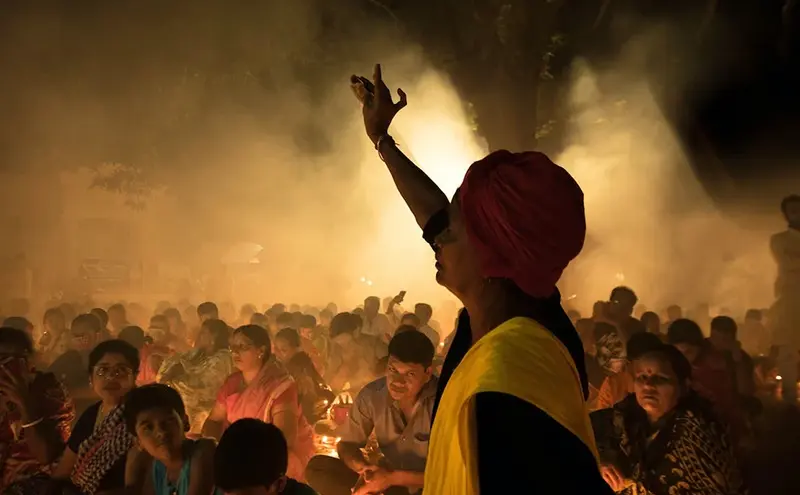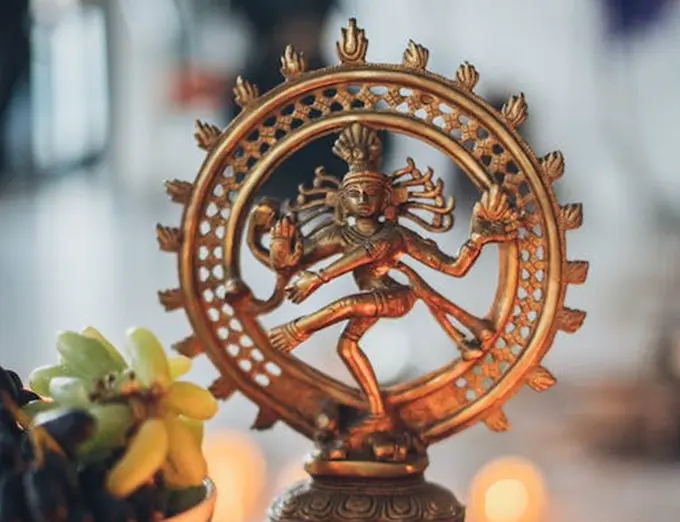Our Festival
Maha Shivaratri
Maha Shivaratri: A Celebration of Lord Shiva’s Divine Grace.
Maha Shivaratri, also known as the Great Night of Shiva, is a sacred Hindu festival celebrated annually in reverence to Lord Shiva, one of the principal deities in Hinduism. The festival holds immense cultural and spiritual significance, drawing devotees from across the globe to participate in the festivities that honor the cosmic dance of Lord Shiva and seek his divine blessings.

Maha Shivaratri typically falls on the 14th day of the dark fortnight in the month of Phalguna, according to the Hindu lunar calendar, which usually corresponds to February or March in the Gregorian calendar.
Maha Shivaratri is celebrated with great enthusiasm in India and among Hindu communities worldwide.
Date and Significance:
Maha Shivaratri typically falls on the 14th day of the dark fortnight in the month of Phalguna, according to the Hindu lunar calendar, which usually corresponds to February or March in the Gregorian calendar. The night is believed to mark the convergence of Shiva and Shakti, symbolizing the cosmic energy that fuels the universe.
Spiritual Observance:
Devotees observe Maha Shivaratri by fasting, meditating, and performing rituals to seek Lord Shiva’s blessings. Many choose to stay awake throughout the night, engaging in prayer and devotional activities. The vigil is seen as a symbolic gesture of conquering darkness and ignorance through spiritual awakening.
The Legend of Maha Shivaratri:
The festival is steeped in mythology, with various legends associated with it. One popular narrative revolves around the churning of the ocean (Samudra Manthan) by gods and demons to obtain the elixir of immortality (amrita). As the churning process began, a deadly poison (halahala) emerged, threatening to destroy the universe. In an act of selflessness, Lord Shiva consumed the poison, but instead of swallowing it, he held it in his throat. This turned his throat blue, earning him the name “Neelakantha” (the one with a blue throat). The day Lord Shiva consumed the poison is believed to be Maha Shivaratri.


The Cosmic Dance:
Maha Shivaratri is also associated with Lord Shiva’s Tandava, the divine dance that symbolizes the cosmic cycles of creation, preservation, and destruction. Devotees believe that participating in the nightlong festivities and rituals helps align their energies with the cosmic dance of Lord Shiva, promoting spiritual growth and well-being.
Celebrations Around the World:
Maha Shivaratri is celebrated with great enthusiasm in India and among Hindu communities worldwide. Temples dedicated to Lord Shiva witness a surge in devotees, with special pujas (rituals) and cultural events organized. Processions, prayers, and bhajans (devotional songs) add to the festive fervor, creating an atmosphere of divine grace and spiritual joy.
Conclusion:
Maha Shivaratri is a festival that transcends cultural and geographical boundaries, uniting millions in devotion to Lord Shiva. It serves as a reminder of the eternal cosmic cycles and the transformative power of spirituality. As devotees come together to celebrate the Great Night of Shiva, they seek to attain inner peace, wisdom, and divine blessings, making Maha Shivaratri a spiritually enriching and culturally vibrant occasion for all.
Error: Contact form not found.
